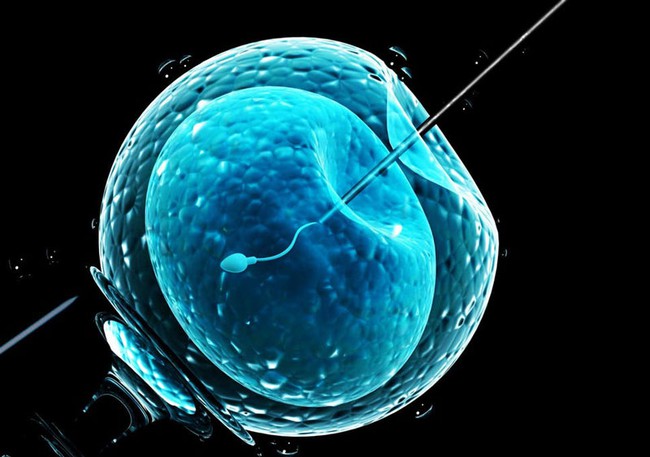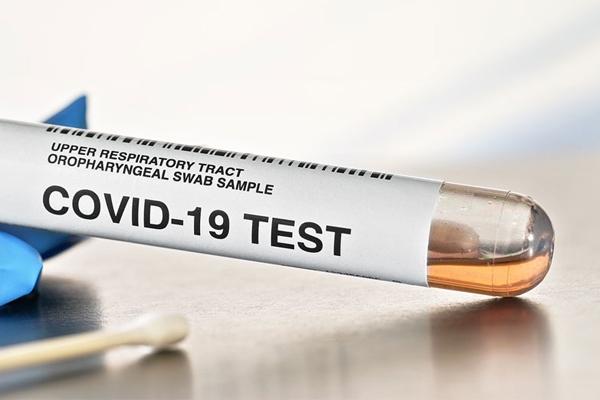How to help women quickly have children after many failed embryo transfers
Infertility is the unfortunate story of many women today. Unable to get pregnant naturally, we have to seek medical help. However, in reality there are many cases of in vitro fertilization and embryo transfer many times but all failed. That makes women extremely confused not to understand why and how to increase the success rate in assisted reproduction.

BSCKI Nguyen Thanh Trung
Ask: I am 30 years old this year, have done In Vitro Fertilisation and embryo transfer 3 times failed. I plan to do another embryo transfer this year. Is there any way to increase the success rate of my next embryo transfer?
BSCKI Nguyen Thanh Trung (Specialized in Reproductive Support, Hanoi Hospital of Andrology and Infertility conducts embryo transfer for patients) replied as follows:
Hello!
Implantation is the process by which the embryo attaches to the lining of the uterus and bury itself deep in the lining to continue developing. In fact, the evidence of successful implantation is the presence of a gestational sac on ultrasound. The term Reccurent implantaiton failure (RIF) as used in assisted reproduction is a condition in which an embryo fails to implant after 3 cycles of embryo transfer with good quality embryos or diploid embryos. Here are some causes of multiple nesting failures:

– Mother’s age: Closely related to the number of embryos as well as the ratio of diploid embryos in the embryo transfer cycle. Father’s age is also a recently mentioned factor associated with the outcome of an in vitro fertilization (IVF).
– Abnormalities of female genital organs: Congenital malformations (bicornuate uterus, uterine septum, double uterus…) or acquired abnormalities such as fibroidspolyps or adhesions to the uterus, tubal fluid retention.
– Infection: The most common is endometritis.
Endocrine abnormalities: Luteal hypothyroidism, hypothyroidism…
– Immune factors or increased blood clotting.
– Life style: Smoking, drinking alcohol, using drugs or living in a toxic environment.
Currently, to increase the success rate in IVF cycles, the hospital has applied the following new methods:

– Optimization of the treatment process: Long-term embryo culture, ovarian stimulation regimen, optimal mucosal preparation.
– Preimplantation Genetics Testing (PGT): Helps find and eliminate aneuploid embryos.
– Cultivation and monitoring of embryos by automatic Timelapse system: Evaluating embryo kinetics, providing clinicians with additional means of selecting potential embryos for transfer.
– Advanced tests to help find the cause of RIF: NK test, chronic endometritis, antiphospholipid syndrome…
– Platelet-rich plasma pump indicated for patients with multiple implantation failures and thin mucosa.
– Laparoscopic exploration of the uterus.

The development of new science and technology has opened up many approaches and treatment methods for patients with repeated implantation failures. The application of these treatments has resulted in a 10 to 20% improvement in the overall success rate of IVF.
Repeated implantation failure is a complex problem with different causes, mechanisms and treatments. It is the failure of repeated implantation that has put a lot of pressure on infertile couples as well as treating doctors. Many tests to find the cause as well as new treatments have improved the success rate of IVF. But besides that, there are many hidden corners of failed nesting many times that science has not been able to illuminate.
Hopefully, the above information will help you feel more secure and firm in your journey to find your baby. Hope you get good news soon in the next embryo transfer!
at Blogtuan.info – Source: Afamily.vn – Read the original article here



